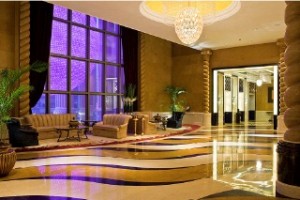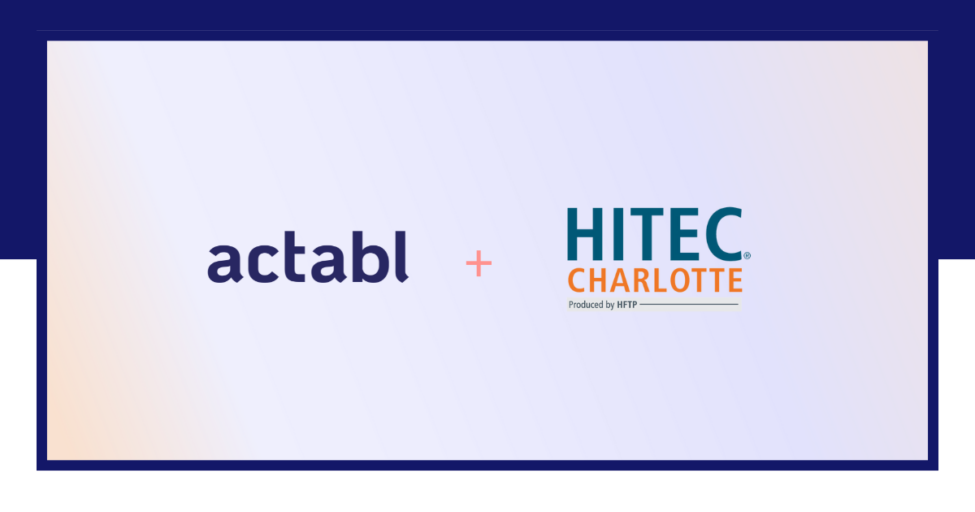
Hotel Maintenance Planning Tips
Is your hotel faced with an

The Impact of Maintenance Planning
Having great maintenance management tools such as an EAM CMMSsystem can certainly help hotels contain operational costs as well as manage the useful lifecycle of assets. However, even the use of the best EAM CMMS software in the world won’t do a hotel much good if the tools they provide for maintenance planning are not being used properly.
Maintenance planning is much more than setting out a schedule of maintenance items and hoping that staff can accomplish as many as possible. Without good maintenance planning, hotel maintenance staff will seem disorganized or always seem to be fighting one fire after another. More importantly, operating costs start to increase due to the amount of unplanned/emergency repairs as well as accelerated capital replacements.
Three Components of Hotel Maintenance Planning
To have effective hotel maintenance planning, management goals must be balanced with the barriers to their accomplishment and then a course(s) of actions is determined that will provide the best care for assets. Looking at these individually:
Hotel Maintenance Management Goals
Management goals range from corporate margin expectations to attaining specified levels of efficiency. Some examples include:
- Meeting capital budget expectations.
- Achieving 100% on time completion of maintenance work orders.
- Reduce backlog to less than 10% of outstanding work requests.
- Achieving specified key performance indicators (KPI)s.
- Reduce document storage and handling costs.
- Establish standard operating procedures.
- Eliminate overtime.
- Have 80% of all work be proactive (inspections, preventive maintenance and repairs).
- Reduce energy consumption by 15%.
- Reduce customer complaints (maintenance related) by 30%.
Whatever the goals may be, it is important they be defined and be measurable. Once this is accomplished, hotel maintenance managers should then identify the barriers that may stop them from accomplishing their objectives.
Maintenance Planning Barriers
Barriers to better maintenance comes in many forms but can usually be categorized into 3 major groups and all touch on the 7 Deadly Sins of Asset Management:
- People: This covers leadership and support issues at all levels of management, incorrect skills sets of maintenance staff (including maintenance planning) and a lack of training. Hotels must have the right mix of engineers, management and maintenance professionals.
- Processes: This includes the use of manual processes, a reactive maintenance environment and a general lack of organization. Maintenance planning will not be effective if there is simply too much time being wasted on non productive maintenance tasks.
- Tools: Barriers to better maintenance planning include the lack of work management automation, spreadsheet based maintenance scheduling, no computerized database of work history as well as poor vendor and document management. In a nutshell, not enough technology.
The key to all hotel maintenance planning is the ability to perform work effectively and efficiently while at the same time tracking the work history of all assets. The work history of assets is critical to maintenance planning (this is described below). Once the goals have been determined and the barriers overcome, the next step is to set a course of action in place.
Hotel Maintenance Planning Action Planning
Because each hotel or hotel chain is different there will always be more than one course of action to take. However, most hotel maintenance planning can follow the same general principles for setting up an action plan which are:
- Follow the 80/20 rule for hotel maintenance. This means that 80 percent of hotel maintenance should be proactive and only 20 percent reactive.
- Make better use of or implement an EAM CMMS. Hotel EAM CMMS systems provide the automation, scheduling, work history tracking and document tools needed for better asset and maintenance management.
- Improve training to increase the skill sets of maintenance staff on both equipment and the use of EAM CMMS software. The cost of training is minimal compared to the replacement of a major chiller.
- Measure all results against the management goals during the fiscal year. Hotel EAM CMMS software can provide the needed reports.
- Review the work history of each asset including how many times it has had work done, by whom (or vendor), the results, costs, and current condition. This information is then used to make more accurate maintenance scheduling and repair or replace decisions. All information can be obtained from the EAM CMMS.
- Use the knowledge gained from all prior steps to redefine roles, reset expectations and goals.
There is no easy button for more effective maintenance planning. The maintenance planner role is similar to that of a corporate staff person. In order to increase asset management visibility they must assume the authority to make a difference. Good execution of maintenance planning can save a hotel hundreds of thousands to millions of dollars per year.







